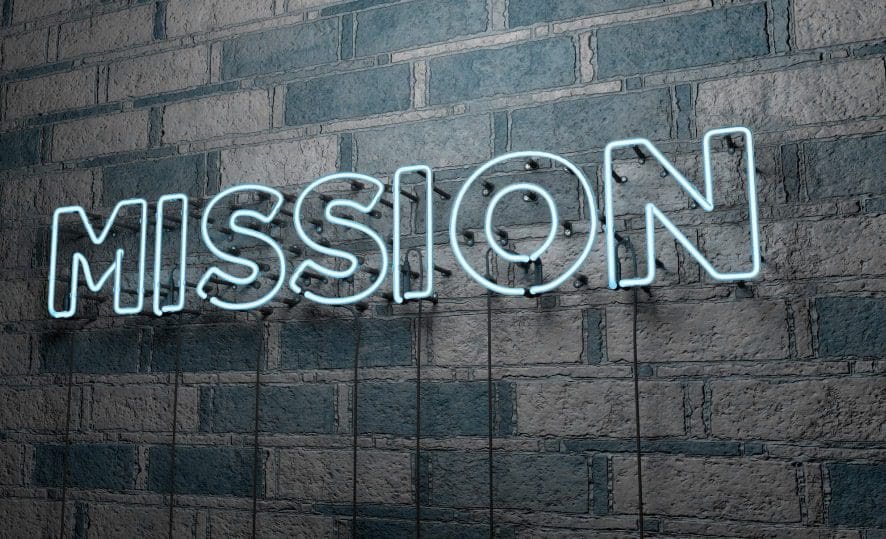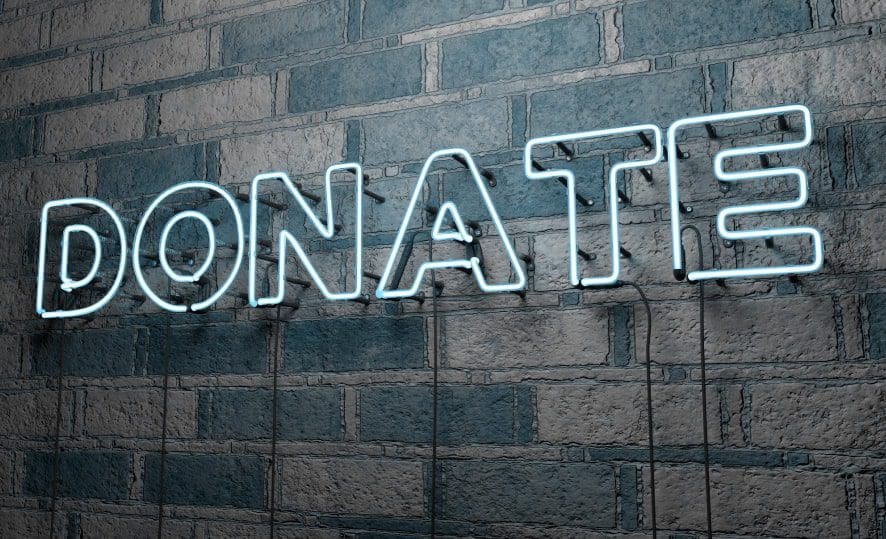The nomination of Betsy DeVos as Secretary of Education during the Trump administration has opened up the school choice conversation like never before.

Although there hasn’t been much reform made at the federal level, state and local level governments are still on the move. John Stossel highlighted this in the case of Philadelphia. He is correct that with most goods and services “you get to shop around, but rarely can you do that with government-run schools.”
The case he covered dealt with Elaine Wells, a Philadelphia mom who was concerned about her son’s safety at the public school he was currently attending. To improve her son’s education experience, Wells tried to enroll him at a charter school through a school lottery. According to her, the city of Philadelphia “rejected 75% of the applicants.” Thankfully for Wells, she was able to get her son into a charter school.
However, for many inner-city parents, these kinds of choices are not available. Public schools in inner cities often present very dangerous scenarios for young students. From gang violence to the illicit drug trade, these environments can put otherwise promising students on the wrong path.
Much to the dismay of students, education bureaucrats don’t realize this. Instead, they believe in throwing more money at the problem in order to fix it. For example, Stossel notes that “Philadelphia schools already spend $18,400 per child” which totals out to approximately a half a million dollars being spent in the average classroom. Despite such spending, not much of it goes towards teachers.
Instead, it winds up in the bureaucracies’ pockets. Similar dynamics are witnessed in the Baltimore City Public Schools, which spends about $16,187 per pupil, yet only 15 percent of students were able to pass the state’s English test.
Even with these facts considered, public schools around the nation will continue to receive boatloads of money irrespective of their lackluster performance. In 2017 alone, all states and the District of Columbia spent $12,201 per student, representing a 3.7 percent increase from 2016 when spending per pupil was $11,763. What we’re witnessing here is the product of our society treating education like a human right, thereby making the state the principal organization that provides this service.
By using a flawed understanding of what rights actually are, the government has appropriated a function that best belongs in the market. It should be the market and its profit and loss system that determines how a service like education is provided. By distorting this system through state control, consumers are denied quality services and producers have no real incentive to provide a service that is in line with consumer demands.
This is a lose-lose for all parties involved…well, unless you’re part of a teachers union or a bureaucrat — someone who still gets paid big bucks regardless of performance. Charter schools and other school choice policy variants are solid first steps in introducing some form of competition into the education sector. Ideally, the entire education system would be privatized and subject to market forces — just like every other good and service in the economy.
When people’s mindsets on education policy change, we can then move towards a market-based system that harmonizes teacher and student interests.

























